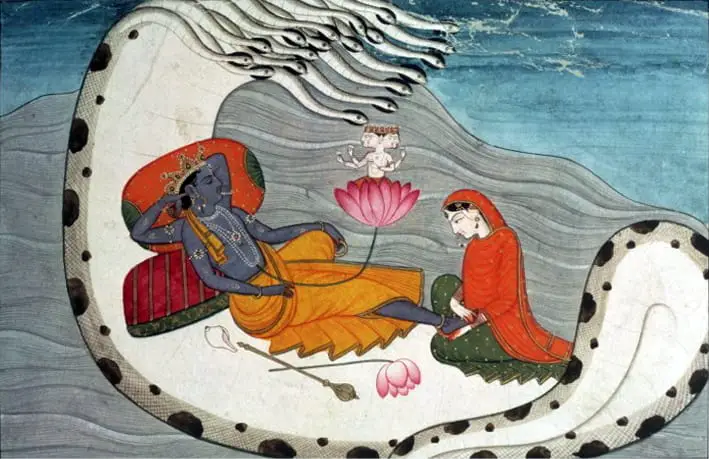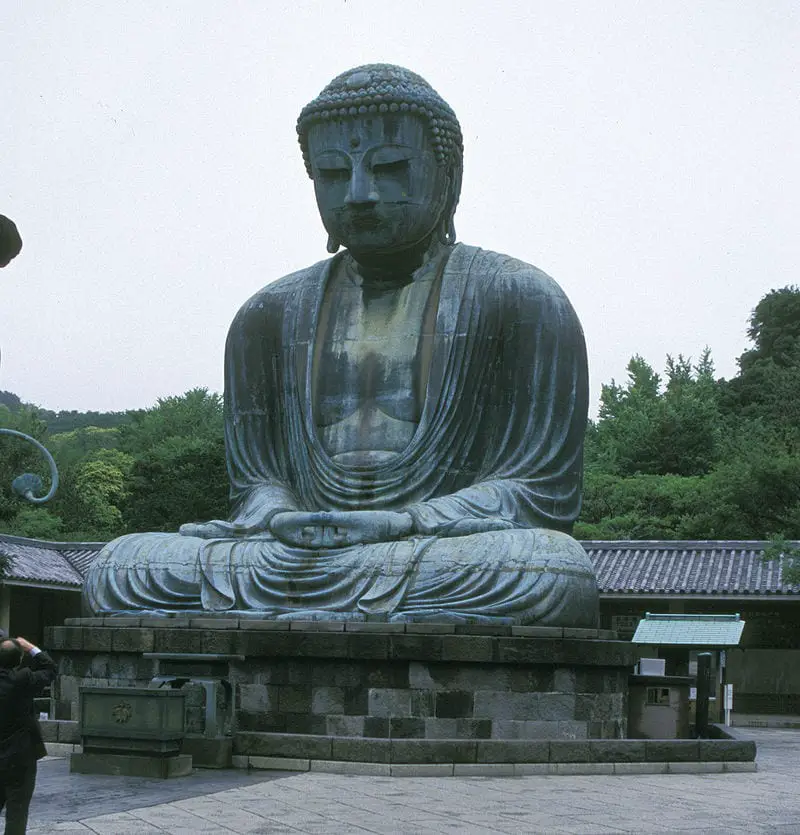The color blue
Why is blue so popular? In many walks of life, blue is considered one of the most positive and powerful colors. It is preferred to other colors and blue, throughout history, has been affiliated with all things beautiful. Blue symbolism is found in the areas of spirituality, as a color that brings prosperity. Around the world, people from countries with diverse and far-flung cultures love blue.
Ancient civilizations like those of Egypt, Sumeria and Greece have revered blue for its mystic qualities. These cultures used lapis lazuli, a blue stone, in their clothing, headdresses and jewelry believing it would bring good fortune. The Romans also had faith in the stone for its color of the vast sky and sea. The earth itself looks blue from outer space and symbolizes the spirit of life. Blue symbolism, as a result, has taken a foothold in people’s lives. People are still discovering the valuable benefits of the color blue, and they are convinced that this is no ordinary color.
The color blue and religion
A lot of stuff has been written about the spiritual and religious powers of the color blue. In many world religions, blue symbolism is prevalent and has been, for a number of centuries. In Ancient Egypt, goddesses were adorned with blue headdresses. In Chinese and Tibetan culture and religion, blue is revered as a color to be respected. Holy texts were written in, not black, but dark blue ink in calligraphy. You can see blue in Hinduism. For instance, Lord Krishna and Lord Rama, both worshiped as protectors of humanity, are shown wearing blue garments and possessing blue faces.
In Buddhism, when followers of the Buddha observe Vesakha, the day of Buddha’s birth, it is a day on the lunar month with a full moon. Buddhists claim that this is the day that marks enlightenment. Though they are clothed in robes of pure white, they meditate on the color blue. They relate color to a state of mind. For them, blue is symbolic of infinity and coolness. Blue also means a state of anger, but Buddhists say that by meditating on the color, anger can be altered to a state of wisdom. In Christianity, blue symbolism has been around for ages. The Virgin Mother, Mary, is always depicted in mainly blue robes, particularly in Renaissance paintings of her. Christians believe that blue being the color of the sky and the earth, it is symbolic of truth and heaven. It is the color of Advent for them.
Judaism holds the color blue as very important. Used for Hannukah decorations, blue represents the sky and being spiritually close to one’s faith. In Israel, people used an indigo dye to color clothing in and linen. It is known as tekhelet. The color is also related to the Ten Commandments. When Moses witnessed the writing on the tablets, the tablets, it is said, were made of sapphire stone. The Star of David, a symbol that is attributed to the Jewish faith, is always depicted in blue.
Blue symbolism in the Hindu faith
In Hinduism and for followers of the Hindu faith, colors play a significant role in religion, associated with culture and steeped in rich traditional values. For the Hindu, colors are important to decorate places and events, but they are much more than that. Hindu painters, since time immemorial, have used colors to depict the many Hindu deities and their specific characteristics. As a result, the prime goal of the Hindu faith, to keep people happy and cheerful, is achieved. While the color saffron and yellow is of great relevance in ceremonies, as well as red, blue symbolism is impressed upon and respected too.
Since the Creator had made the color blue in nature the most relevant, as it is given to the sky, rivers, lakes, seas and oceans, Hindus believe that blue is to be worshipped. Hindu Gods, painted in blue, are attributed the traits of bravery, determination, problem solving abilities, and great character. Lord Rama and Lord Krishna, a reincarnation of the great Hindu God Vishnu, spent their existence, it is believed, protecting humanity from the throes of evil.
To understand the relevance of the color blue and its symbolic means, in the Hindu faith, it is important to know about the different deities that Hindus worship. It is also helpful to know a little about the foundations of the religion.
Hinduism and the Sindhu River
Hinduism is one of the oldest religions the world has known. The faith was originally called “Santana Dharma”. This means “eternal duty” of all the beings in the universe. Hindu dharma or faith has its foundation that goes back more than 10,000 years. Hindu scriptures date back to greater than 7,000 BC.
Persians called the people living on the banks of the Sindhu River (Indus River) as “Hindu”. The Ancient Persian language did not have the “sa” syllable, so phonetically, they missed out this sound. These ancient people made their home on the banks of a river, which was blue, as the surrounding land was richly fertile. They worshiped it as it assured them of a daily means of sustenance. Here, we see early signs of blue symbolism.
Lord Vishnu
Vishnu, one of the greatest deities in the Hindu pantheon of Gods, with Lord Brahma (the Creator) and Shiva, is one of the holy trinity of the Hindu religion. This is known as “Trimurti“. Vishnu is central to the Vaishnava sect, an all-important denomination in Hindu religion. Lord Vishnu, always depicted as a deep blue colored god, is meant to represent virtue. Several stories of ancient Hindu scripture tell of his virtuous acts and characteristics of truth and generosity.
The Vedas
The Gods of the Hindu religion have been largely created and evolved from the era of the Vedas, written in Sanskrit, the holy scripture of the faith. This was around the 2nd millennium BC. This period spanned to approximately the 1st millennium AD.
In the Vedas, approximately 40 Hindu deities are mentioned. In this huge body of ancient religious texts, the color blue is mentioned as the Sanskrit word “nila”. It is used to describe the feathers of a peacock (used in many religious ceremonies), as well as the dark hue of a snake’s back and the deep sea. This shows that blue symbolism was very imminent in the most ancient texts of Hinduism. Interchangeably used with the color for “black” in this age-old Sanskrit text, scholars agree that the color is actually closer to a dark blue. It is used in the holy text to signify the night sky as well.
Hinduism and blue gods
Hindu gods, which are the epitome of Hinduism in India, are at the forefront of mythology and culture. The Mahabharata and the Ramayana are both epics in Hindu mythology, which tell the tales of conflict between good and evil. The struggles between the Pandava princes and the Kaurava family are depicted with illustrations. It is written as an epic poem, with layers of prose in between. In the Mahabharata, as in the earlier Vedas, deities are mentioned in the multitude, such as Krishna, Vishnu, Brahma, Indra, etc. Krishna, depicted as dark, and blue, is said to be the incarnation of the supreme Lord Vishnu.
In one other ancient text, the Ramayana, the story of another revered deity, Lord Ram is told. This was written after the Mahabharata. It narrates the life of Lord Rama, and his exile in a forest by a cruel king. The story unravels and tells the tale of how his wife Sita was kidnapped by Ravana, the evil king of Lanka. It is a distinctive story of good winning the day over evil. In many instances, illustrations of Lord Rama are blue in color.

Vaishnavism
This is the sect that encompasses the worship of Lord Vishnu in Hinduism. Lord Vishnu, believe his followers, has many incarnations. All these deities are worshiped devoutly too. Disciples of this sect are devoted to meditative practices and chanting hymns. Lord Vishnu is believed to be the protector of the universe. The role of Lord Vishnu is to return to Earth in times of distress and maintain the balance of good versus evil. Blue symbolism is all the more evident in the relationship of Lord Vishnu, the blue god, with Earth, the blue planet.
Blue representation
Lord Vishnu, represented as blue, and his most significant incarnations of Krishna and Rama, are linked to a vast sea of consciousness. Lord Vishnu is said to have been housed on a serpent with five heads, in the sea of consciousness. Blue symbolism is connected to serpents and snakes being depicted as blue in the Vedas. The great sea is also a blue sea. Lord Vishnu is considered omnipresent and infinite. His blue color is tied to this idea of him. He is as immeasurable as the oceans and seas. Lord Vishnu is capable of making life like water, malleable and flexible. Lord Vishnu, by this very connotation, is the color of water. He is always depicted with blue-colored skin and his consort, goddess Lakshmi, by his side.




